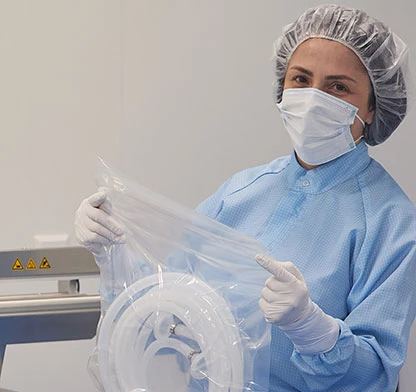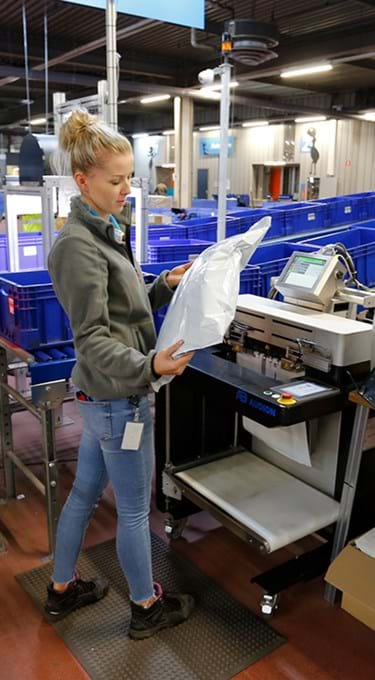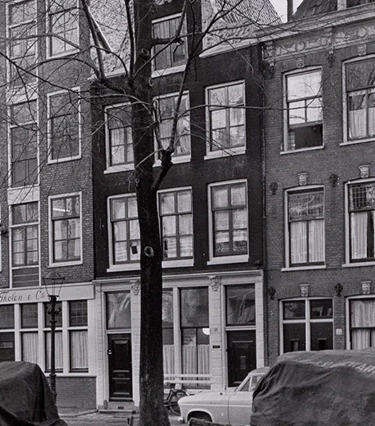
LIFE SCIENCE & HEALTHCARE
Meet your ultimate critical packaging requirements by integrating our state-of-the-art validatable packaging machines.
Choose a country to view content specific to your geographical location
If you need a reliable packaging machine, Audion will provide the perfect packaging solution that lets your company grow.
Visit our webshop Play full company video
Take a look at our complete range of packaging machines and find the right solutions for your business







Audion Elektro B.V. was established in 1947 in Amsterdam. In the fifties the company started to focus on manufacturing sealing machines besides the trading business. During the past decades Audion has grown to become a leading name in the packaging industry. Today, with machine plants in Germany and The Netherlands and a worldwide dealer network, Audion is represented in more than 65 countries.
We stand for:
Contact us if you are looking for a partner eager to challenge in finding new solutions to your packaging problems. Let's grow together!

International Sales
Audion
Please fill in the below form and we will respond to you as soon as possible.